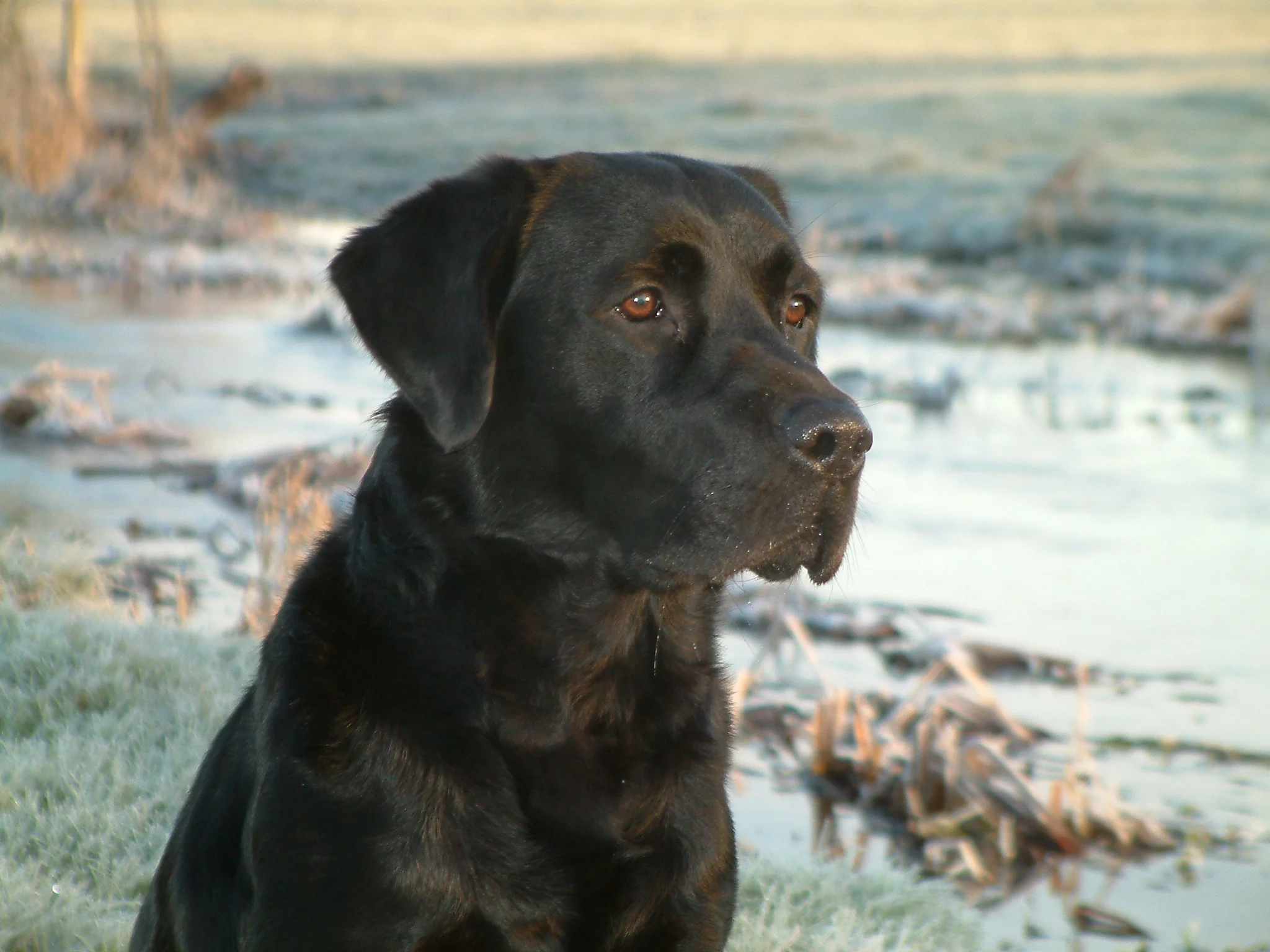In Medtronic Corevalve LLC v. Edwards Lifesciences Corp. (June 25, 2012), Judge Selna (Central District of California) granted Defendant Edwards' request to supplement its invalidity contentions to add additional prior art references. The main basis for Defendant Edwards' request focused on a new search conducted by defendant after plaintiff asserted additional method claims in the litigation. The Court focused on Patent Local Rule 3-6 of the Central District of California to consider permitting the requested supplements. The Court explained that it
must first consider whether [Defendant] Edwards acted diligently in discovering the bases for the amendment and whether Edwards timely moved for leave to amend.
(Order at 3).
The Court analyzed when the references were first identified by the Defendant, and then how long thereafter that the motion for leave to amend was filed. As for prejudice, the Court noted that Plaintiff Medtronic has taken the position that is own infringement contentions are "preliminary," and thus it would be unfair for Medtronic to reserve its right to amend, while not granting that same benefit to Defendant.
In further analyzing potential prejudice, the Court summarized another argument raised by Plaintiff:
On the other hand, Medtronic contends that it will be prejudiced by the amendment because the parties will have exchanged their claim terms and proposed constructions by June 20, 2012, five days before this motion will be heard by the Court. (Opp'n Br. 11.) Therefore, Medtronic "will ... be forced to approach the early stages of claim construction without knowing whether the new references will be allowed into the case." (Id.) Furthermore, Medtronic worries that if good cause for the amendment is found her, Edwards will "almost certainly continue its 'search and analysis of relevant prior art'" and seek leave to amend the invalidity contentions again in the future. (Id. at 12.)
The Court rejected this argument reasoning that the claim construction briefing is not due for several months, the trial is more than a year away, and further requests to supplement will require additional motion practice. (Order at 6-7).
Takeaways - Diligence is the main focus of these types of motions. Again, however, we see the consideration of a "claim construction" impact when evaluating a proposed invalidity contention supplement. This prejudice to the claim construction process seems to be the main argument raised by a plaintiff when facing supplement requests.





